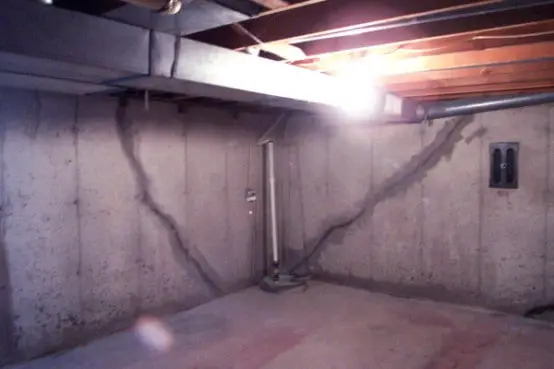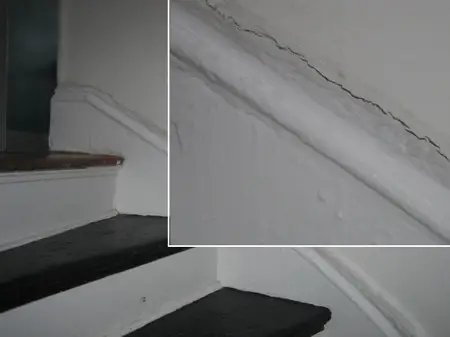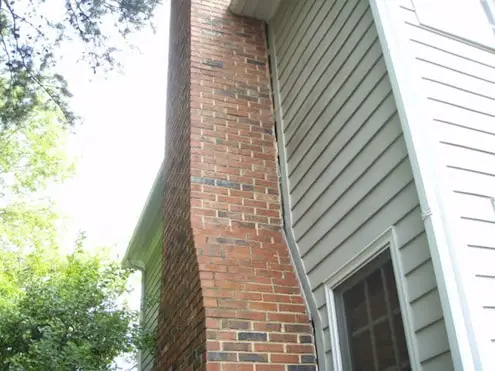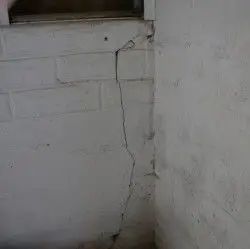One of the biggest headaches that homeowners face regarding home repairs and maintenance is when the foundation of the house begins to shift or crack. There are usually simple and easy fixes for foundation problems if they are caught early enough. It is always good stewardship to check basement walls and foundations about once a month for any cracks or abnormalities so they can be quickly fixed.
5 House Foundation Problems
Many problems can occur in home foundations due to different causes. Here are 5 common house foundation problems and their solutions given bellow. You can also read our another article on concrete foundation crack repair.
1. Cracked Bricks
To fix cracked bricks within an exterior wall, you will have to chisel out the broken bricks and any mortar around the removed bricks. Sweep out the holes left by removing the bricks. Make sure that all the debris, dust and chips of brick are removed. Mix a batch of mortar mix and generously slather the back of a brick and then place it where the old brick was, gently tapping it into place. Tap the brick until it is flush with the other bricks. Repeat this process until all the broken bricks are replaced. Then mortar around the bricks. Let the mortar set for about an hour and then wipe the excess mortar from the bricks.
Read our article on: What Is The Cost Of Concrete Slab?
2. Cracked Concrete Blocks
You will clean the crack well with a wire brush to remove all debris. Then mix a batch of mortar mix. Using a small trowel, trowel the mortar mix into the crack. Smooth the mix over the crack and smooth it out. If the concrete block is not the color of the mortar mix, you can add mortar coloring to match the block. Let the blocks cure for one week before sanding to a smooth finish.
3. Cracked Basement Walls
Thoroughly clean the crack with a wire brush and ensure that it is completely dry. Using an epoxy injection system that most home improvement stores sell, mix the epoxy according to label directions. Put the ports into the crack following package instructions and then apply the epoxy to the crack. Spread the epoxy about 1/8 inch thick and make sure it overlaps the crack by about 1 inch on all sides. Smooth out the epoxy and feather its edges with a paintbrush that has been dipped in mineral spirits.

4. Cracked Molding
Cracks in molding are simple to fix. Remove all loose paint chips from around the crack. Using paintable caulk that most local home improvement stores will carry, fill any gaps that you see. Let the caulk dry for at least 24 hours and then paint the sections that needed to be caulked.

5. Tilting Chimney
A tilting chimney will need to be looked properly by a house foundation repair company.

It is repaired by using steel helical piers that act like giant screws and are installed using hydraulic rotary drive equipment. Most homeowners do not have the ability to repair a tilting chimney or access to the appropriate equipment.


Cracks in brickwall has resulted as the brick could not withstand the pressure applied on it. So while replacing the cracked brick, instead of using another brick, we should use a precast concrete block or cast-in-situ concrete block which will be having more strength and not allow to form crack again..
Thanks for the suggestion bhaskar.